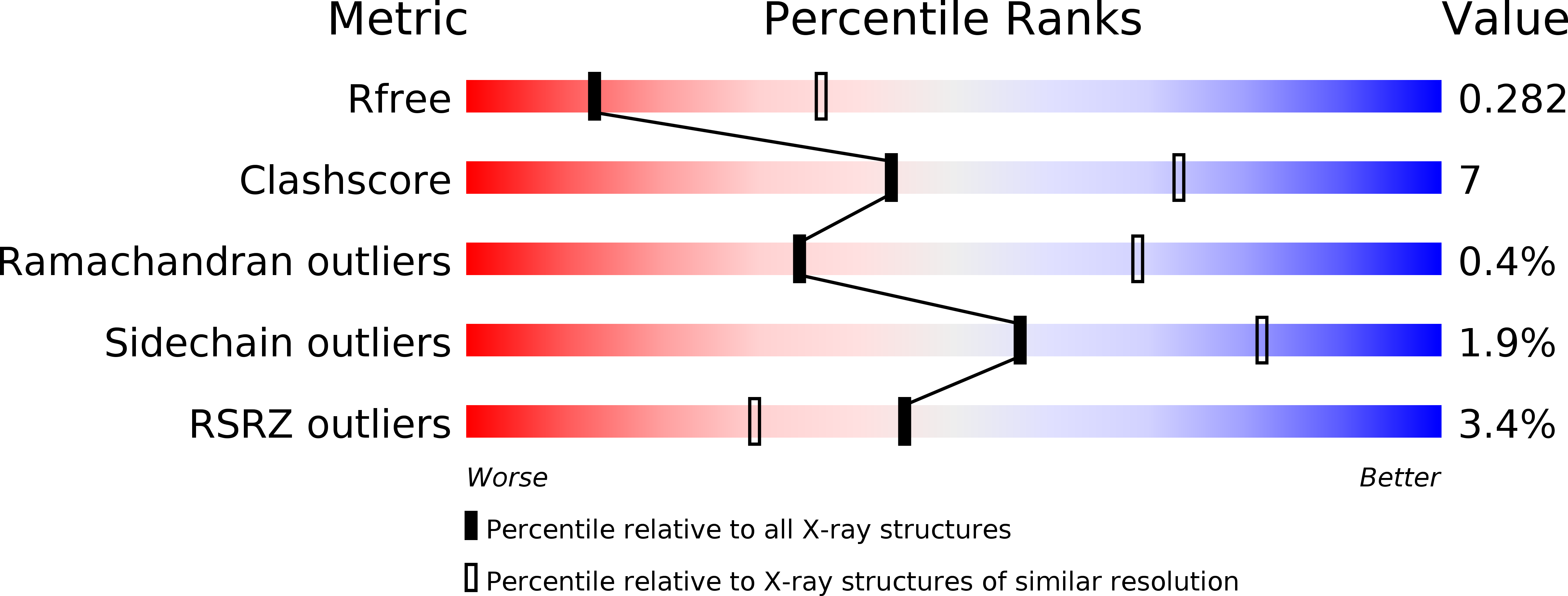
Deposition Date
2012-07-17
Release Date
2012-10-03
Last Version Date
2024-10-30
Entry Detail
PDB ID:
4G56
Keywords:
Title:
Crystal Structure of full length PRMT5/MEP50 complexes from Xenopus laevis
Biological Source:
Source Organism:
Xenopus laevis (Taxon ID: 8355)
Host Organism:
Method Details:
Experimental Method:
Resolution:
2.95 Å
R-Value Free:
0.27
R-Value Work:
0.21
R-Value Observed:
0.22
Space Group:
P 21 21 2


